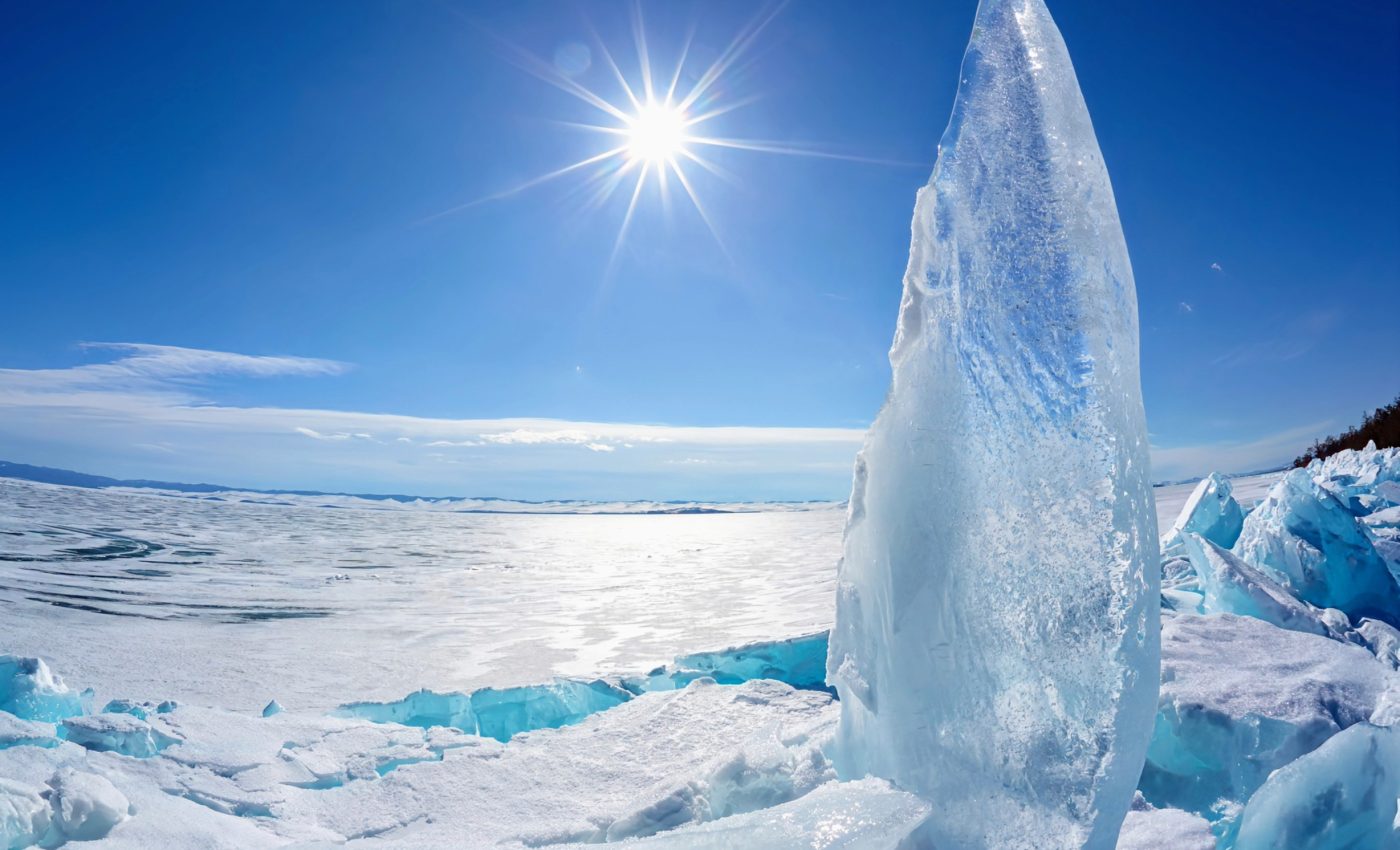
Disastrous climate changes of the last Ice Age could happen again
Picture this – one day, Earth’s climate takes a sudden turn. The ocean circulation shifts without warning, creating weather chaos. In the blink of an eye, the Earth is in another Ice Age.
Sounds like the premise of a Hollywood disaster film, right? What makes this more attention-worthy is that it isn’t a fictional scenario.
This actually happened several times during the last Ice Age that ended more than 11,000 years ago.
Tipping points in Earth’s climate
Researchers analyzed ice cores gathered in Greenland to provide a fresh understanding of these abrupt shifts. The cores contained data from 120,000 years ago, including evidence of sudden climatic upheavals called Dansgaard-Oeschger events.
These represent “tipping points” in Earth’s climate. Imagine a person standing on the edge of a cliff. One wrong step sends them stumbling down into a dangerous abyss. That’s a tipping point .
“It is really important to understand such tipping points in the climate, because they may result in catastrophic and irreversible change,” said Christo Buizert, an associate professor in the College of Earth, Ocean, and Atmospheric Sciences at Oregon State University.
What is the Dansgaard-Oeschger Cycle?
The Dansgaard-Oeschger Cycle is a pattern of rapid climate fluctuation, which occurred over 25 times during the last Ice Age. It’s like flipping on and off multiple times.
The catalyst behind these cycles is the Atlantic Meridional Overturning Circulation (AMOC), which circulates water throughout the Atlantic Ocean. This includes the Gulf Stream, which carries warm tropical waters to the North Atlantic.
“The AMOC is fundamentally unstable, and when it collapses, big things happen across the globe. There is significant cooling in Europe and around the North Atlantic, and the Indian and Asian monsoons fail,” Buizert said.
“That instability was frequent during the last Ice Age. It is cause for concern for the future because climate models suggest the AMOC will likely weaken again under global warming, potentially impacting billions of people.”
Climate of the last Ice Age
Buizert, a paleoclimatologist, used the ice cores like time capsules to decode and understand past climate changes.
The cores carry trapped water, dust, and tiny air bubbles that contain data dating back hundreds of thousands of years. This data provides crucial records of Earth’s atmospheric evolution and is instrumental in scientists’ understanding of past climate events.
Buizert analyzed ice cores from across Greenland including cores from south and coastal east Greenland, which had not been studied in detail. Findings related to the AMOC and the winter sea ice’s interaction sparked interest in the cores.
These interactions had a key role in Dansgaard-Oeschger events. Scientists previously thought sea ice from the Nordic Seas north of Iceland was involved.
The new analysis suggests winter sea ice would extend much farther south, reaching modern-day France and New York City.
“The model shows that the Nordic Seas alone wouldn’t be big enough to drive a climate change event of this size,” Buizert said. “It just doesn’t pack enough of a punch.”
The Ice Age and future climate change
The AMOC has been stable over the last 11,700 years. However, current climate conditions and predictions indicate it might weaken again but for different reasons than those in the Ice Age.
“We know the AMOC will weaken, but will it collapse? That is the big question. The weakening is likely gradual for the time being, but it could cross a tipping point and become a catalyst for abrupt climate change events like we saw in the past,” Buizert said. “The climate does not behave in linear patterns; it can change quickly and irreversibly.”
The past holds clues to our future. The research was conducted in collaboration with scientists from five countries and supported by the National Science Foundation. The insights bring us a step closer to understanding the nature of our planet’s climate.
The research serves as a reminder that we have a lot more to learn, explore, and prepare for in the face of climate change.
The study is published in the journal Proceedings of the National Academy of Sciences.
—–
Like what you read? Subscribe to our newsletter for engaging articles, exclusive content, and the latest updates.
Check us out on EarthSnap, a free app brought to you by Eric Ralls and Earth.com.
—–













